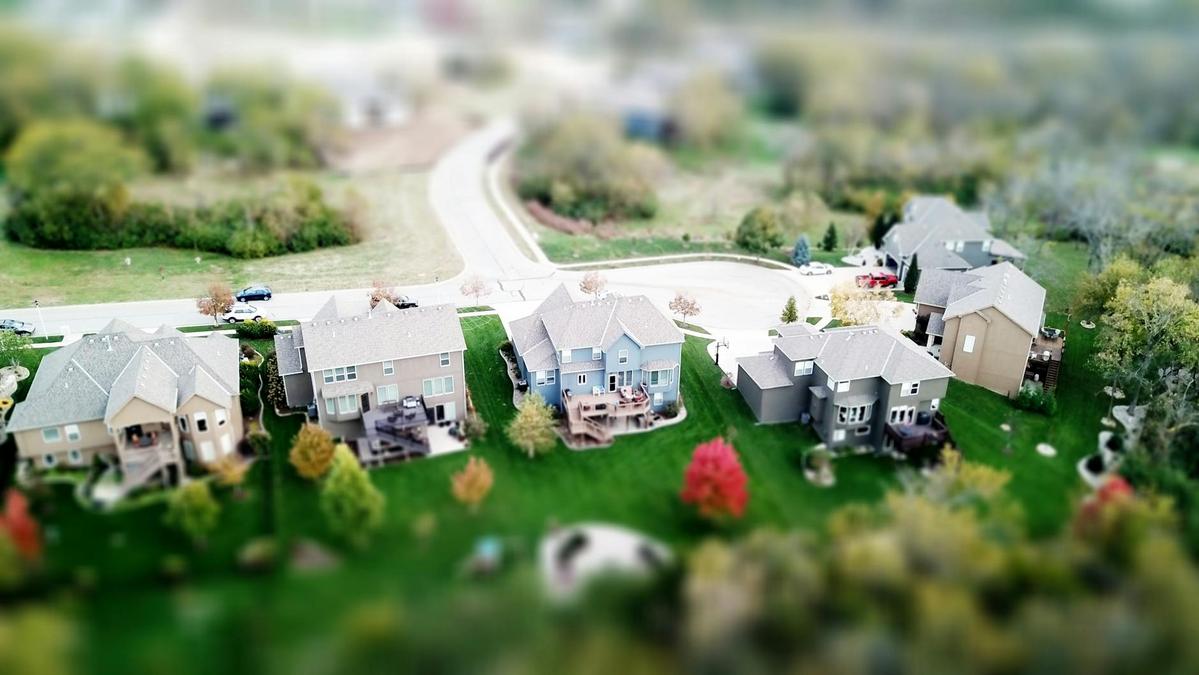The seamless integration of the Internet of Things (IoT) into modern building designs is transforming the real estate landscape, offering innovative solutions that enhance efficiency, security, and comfort. As technology advances, the fusion of IoT in architecture reshapes how we interact with our living and working spaces.
Revolutionizing Building Design with IoT
The incorporation of IoT in building designs is not just a trend but a necessary evolution in the way we construct and utilize spaces. IoT devices and systems allow for real-time monitoring, energy management, and enhanced security, making buildings smarter and more responsive to the needs of their occupants.
Expert Insights
According to a 2023 report by IDC, the global IoT spending is expected to surpass $1 trillion by 2025, with a significant portion allocated to smart building technologies. Experts suggest that this surge is driven by the increasing demand for energy-efficient solutions and the need for improved building management systems.
Practical Applications
One notable example of IoT integration is the use of smart thermostats, which can learn user preferences and adjust heating and cooling systems accordingly. This not only enhances comfort but also reduces energy consumption, offering a practical solution for sustainable living.
Actionable Tips for Implementing IoT
- Start with a clear plan: Identify the specific needs and goals for IoT integration in your building design.
- Choose interoperable devices: Ensure that the IoT devices you select can communicate with each other and existing systems.
- Focus on security: Implement robust security measures to protect your IoT network from potential threats.
Real-World Examples
Consider a modern office building where IoT sensors monitor air quality and occupancy levels to optimize ventilation and lighting. This not only improves employee well-being but also lowers operational costs.
| Feature | Benefit |
|---|---|
| Smart Lighting | Reduces energy consumption by adjusting to natural light levels |
| Automated HVAC | Enhances comfort with precise temperature control |
| Security Cameras | Provides real-time alerts and remote monitoring |
| Water Management | Prevents leaks and monitors usage |
| Access Controls | Enhances security through smart locks and entry systems |
| Energy Monitoring | Tracks usage and identifies saving opportunities |
| Occupancy Sensors | Optimizes space utilization and reduces costs |
| Smart Appliances | Improves efficiency and convenience |
Consider starting with a pilot project in a small area of the building to test and refine your IoT integration strategy before scaling up.
Frequently Asked Questions
How does IoT improve building security?
IoT enhances security by enabling real-time surveillance, access control, and alerts, allowing for quick responses to potential threats.
Can IoT help in reducing energy costs?
Yes, IoT devices like smart thermostats and energy monitors can significantly reduce energy consumption and costs by optimizing usage patterns.
What are the challenges of integrating IoT in buildings?
Challenges include ensuring device interoperability, maintaining data security, and managing the complexity of integrating multiple systems.
Conclusion
The integration of IoT in modern building designs is not only reshaping the real estate landscape but also setting new standards for efficiency, security, and sustainability. As technology continues to evolve, adopting IoT solutions will be essential for those looking to stay ahead in the ever-changing world of real estate. By taking informed steps towards IoT integration, developers and homeowners can create spaces that are not only smart but also future-ready.




Leave a Reply